PCTA recently coauthored a letter with our partners at the Backcountry Horsemen of America and the Partnership for the National Trails System asking a U.S. Senate subcommittee to oppose proposed legislation, S. 1695, that would forever alter the quiet recreation experiences and protections afforded a small segment of public lands by the 1964 Wilderness Act.
CLICK HERE SO you can read more about the issue on the National Parks Traveler website.
And you can contact your elected representatives in Congress and tell them how you feel about the importance of protecting wilderness.
*Coalition members opposing opening Wilderness Areas to mechanized travel, specifically mountain bikes:
Ala Kahakai Trail Association
American Hiking Society
American Trails
Appalachian Trail Conservancy
Arizona Trail Association
Back Country Horsemen of America
Continental Divide Trail Coalition
Florida Trail Association
Ice Age Trail Alliance, Inc.
Lewis and Clark Trail Heritage Foundation
Lewis and Clark Trust, Inc.
National Washington Rochambeau Revolutionary Route Association
National Wilderness Stewardship Alliance
North Country Trail Association
Oregon-California Trails Association
Overmountain Victory Trail Association
Pacific Crest Trail Association
Pacific Northwest Trail Association
Partnership for the National Trails System
Photo by Kurt Repanshek/ nationalparkstraveler.org
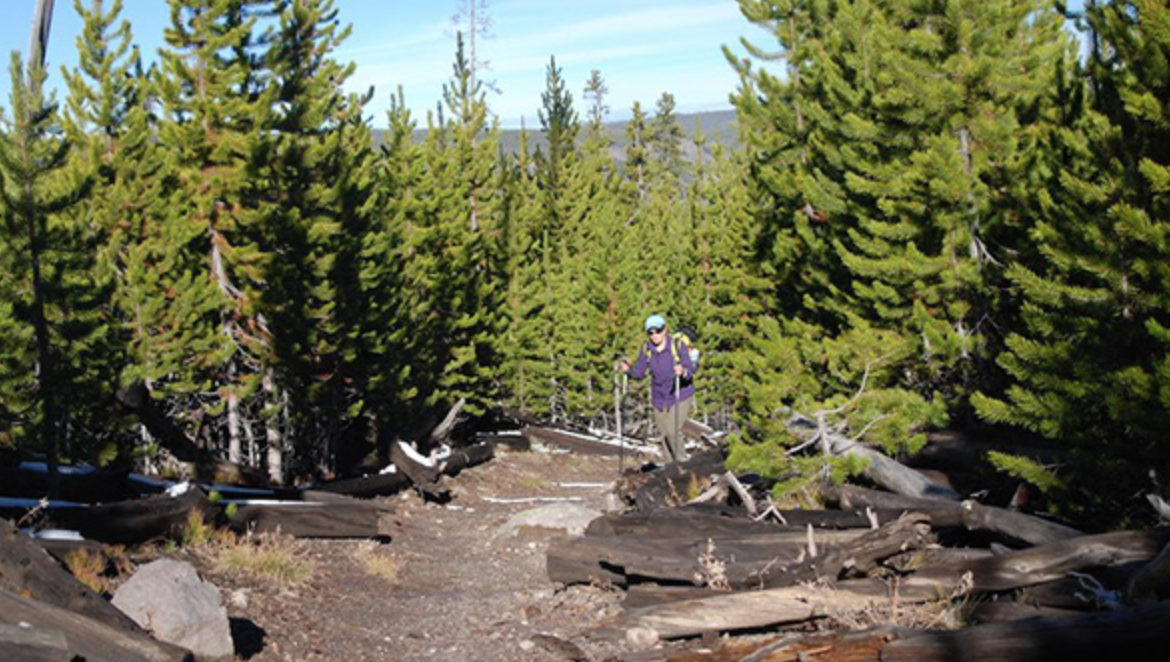
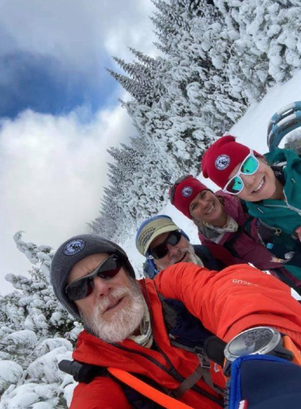
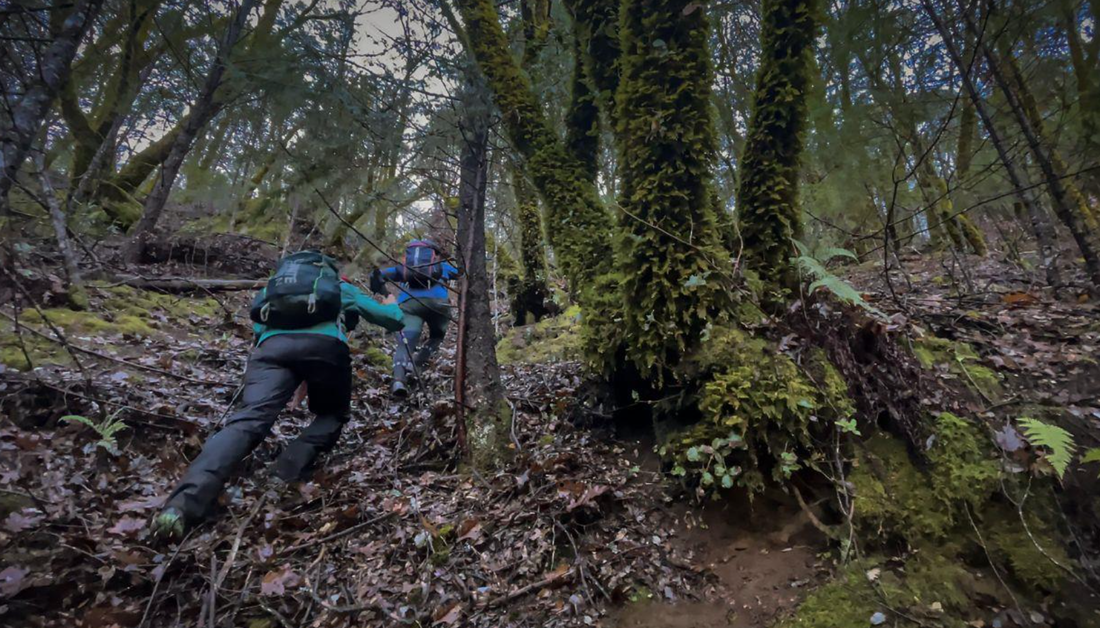
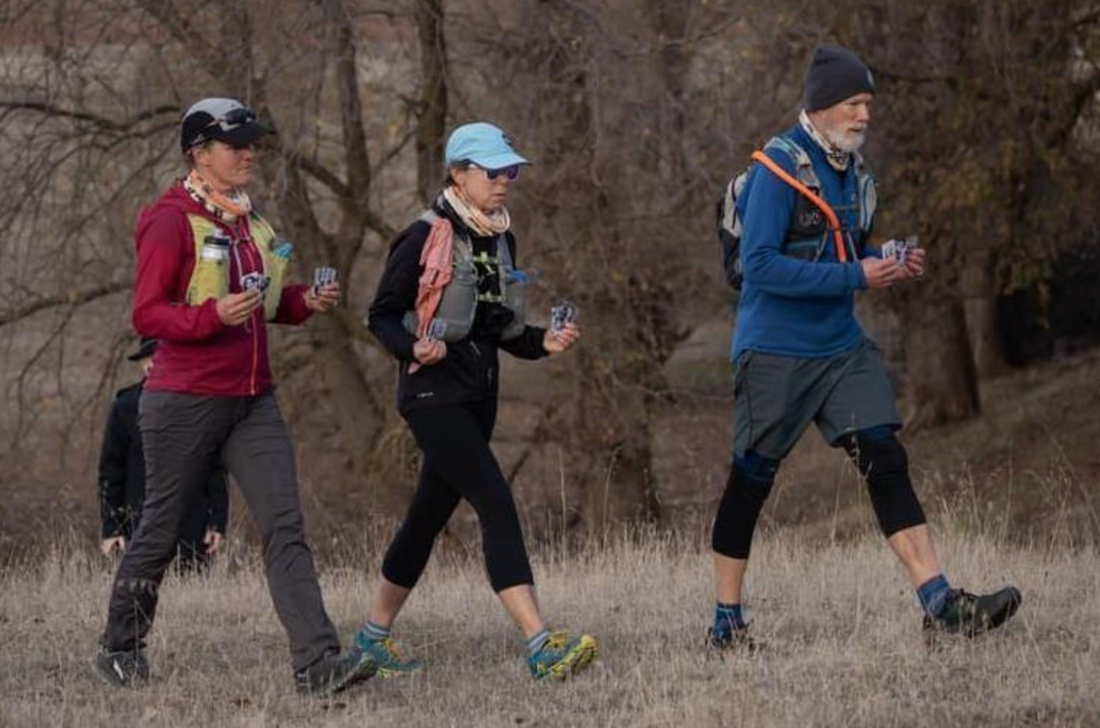
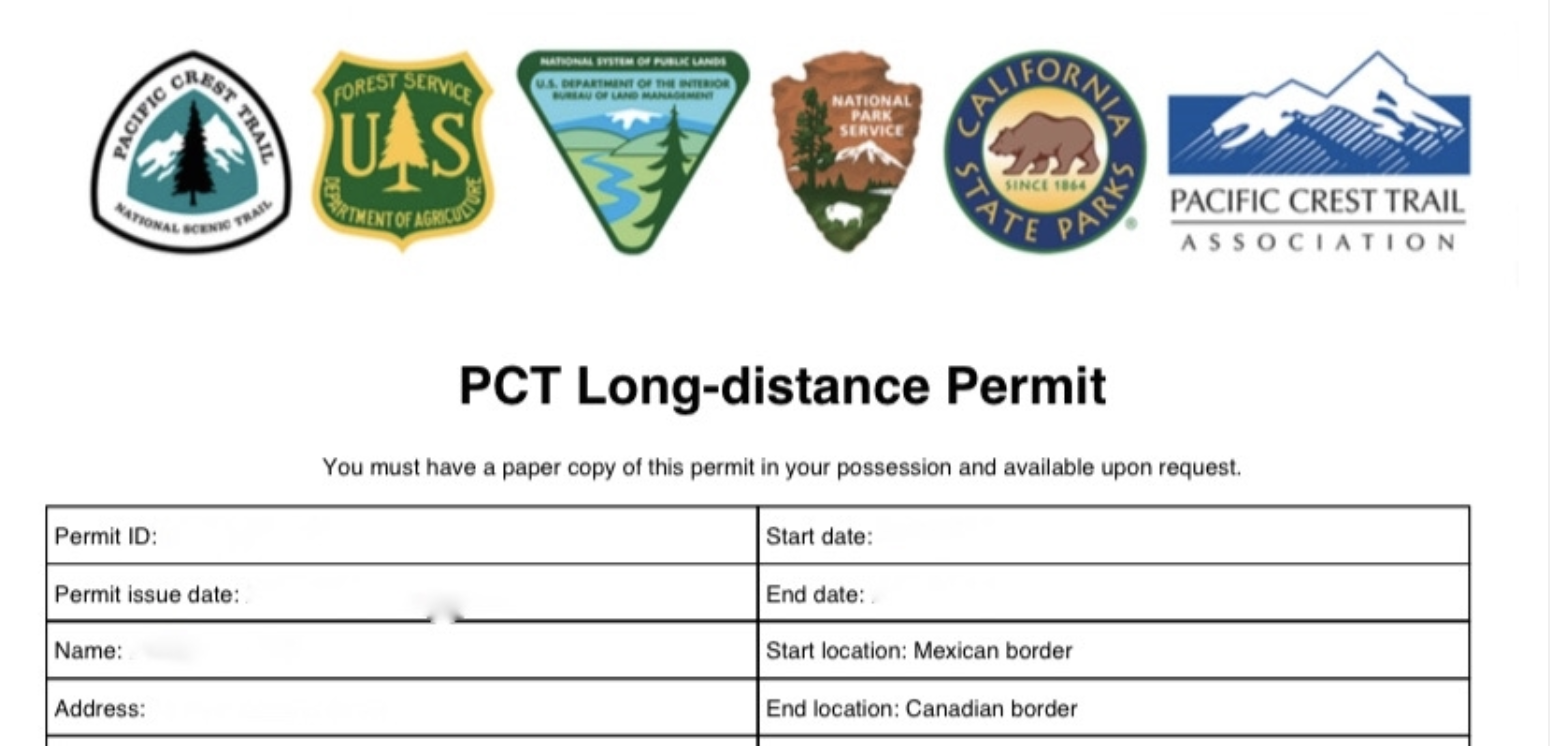
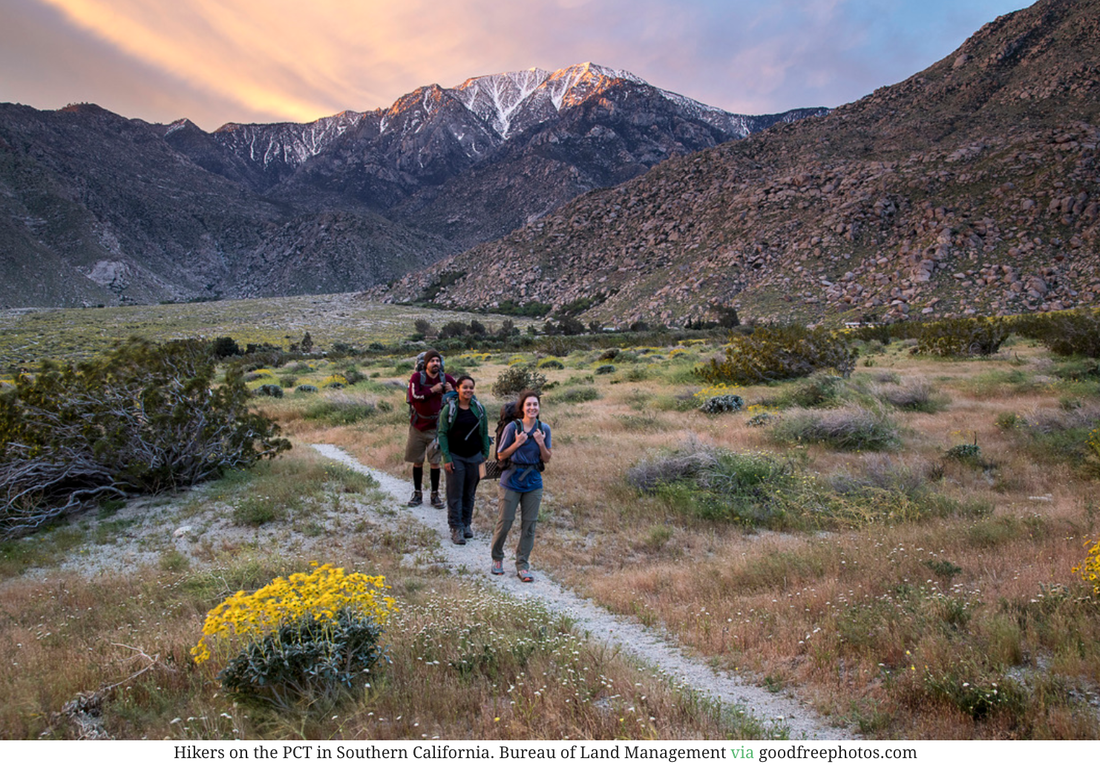
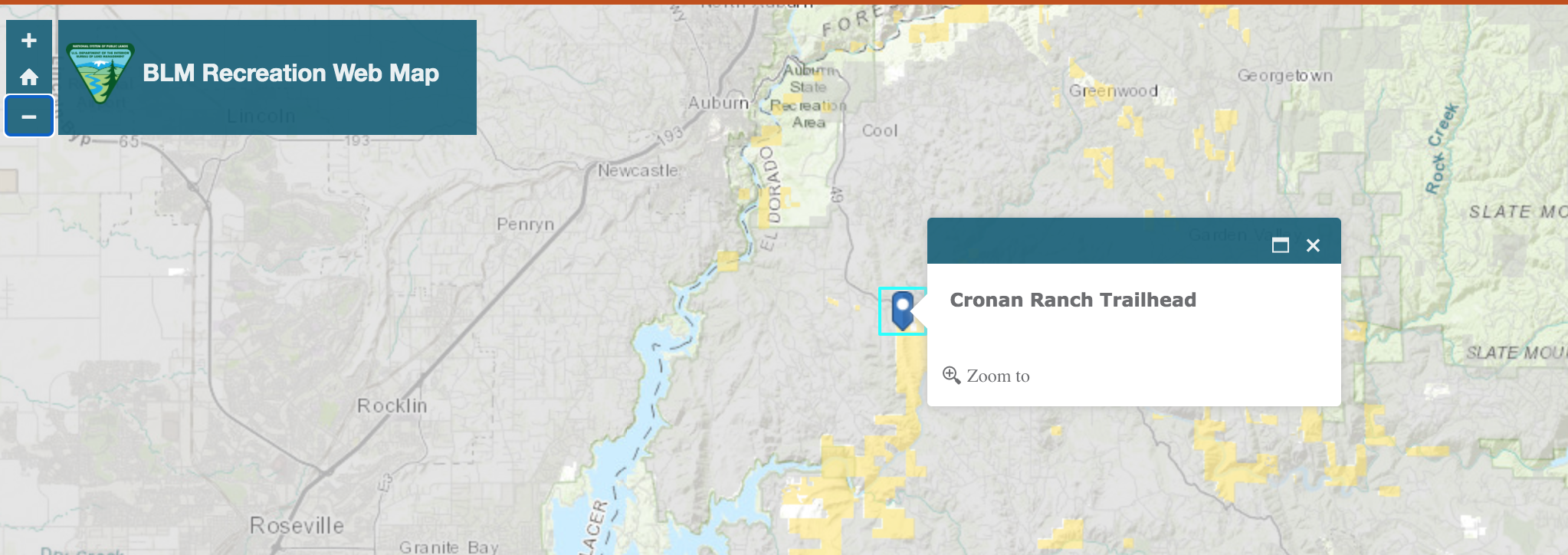

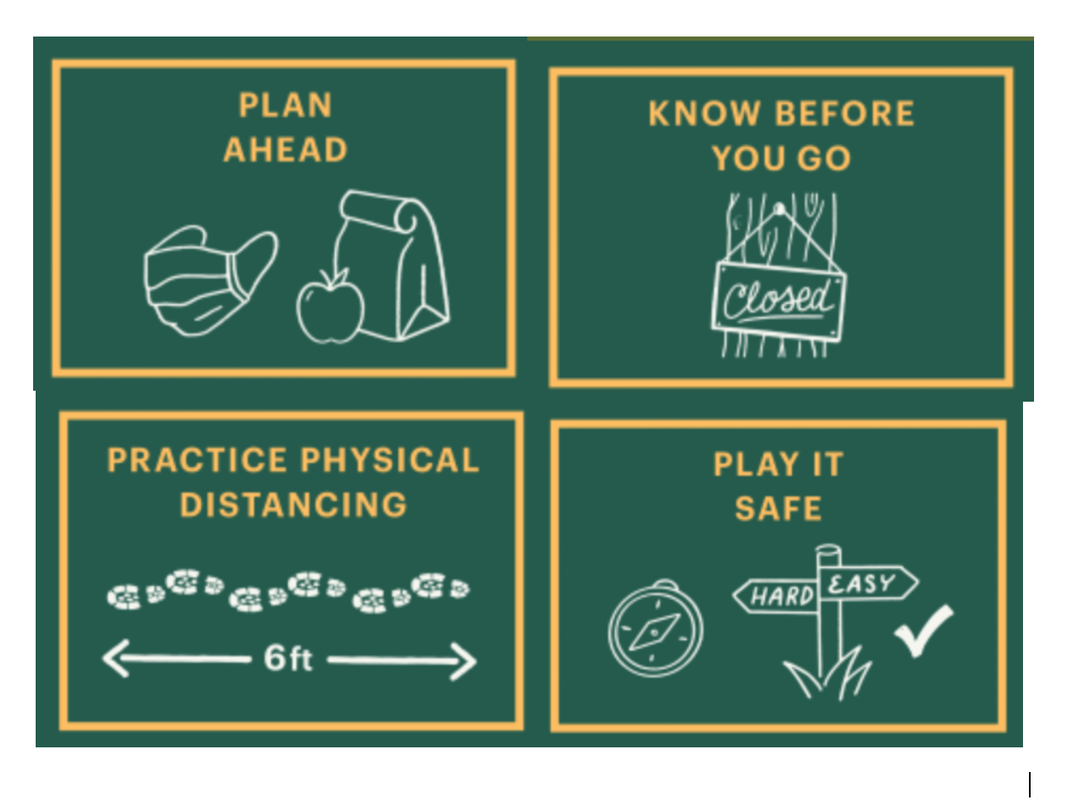
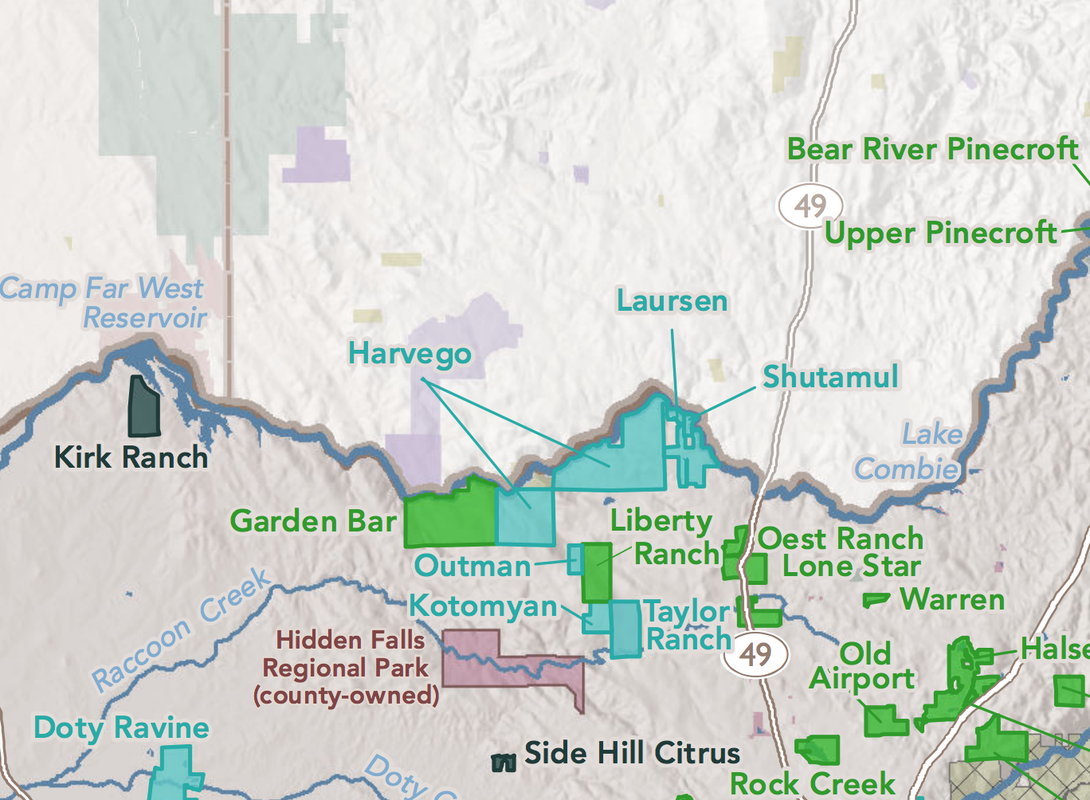
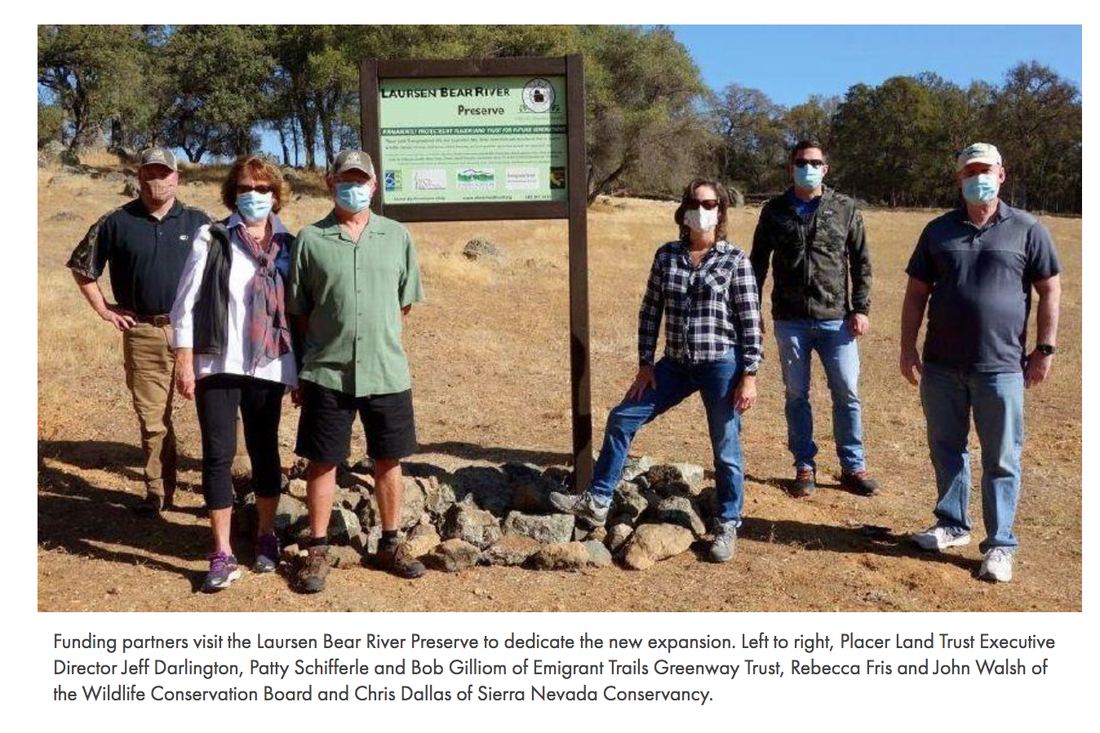


 RSS Feed
RSS Feed